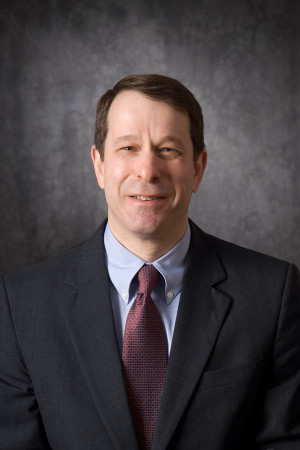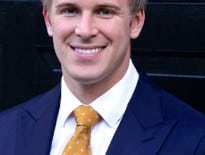The Federal Reserve held short-term interest rates unchanged at its Nov. 2 meeting and hinted it expects to raise rates in December at the final gathering of 2016. The policy statement pointed to signs that inflation is firming, and also included a suggestion that the bar to raising rates is low, saying the committee only needed “some further evidence” of economic progress before moving.
Officials have left rates unchanged since December 2015 amid worries about a number of risks, including slow U.S. economic growth early in the year, the U.K.’s Brexit vote in June and uncertainties about the presidential election.
“The committee judges that the case for an increase in the federal funds rate has continued to strengthen but decided, for the time being, to wait for some further evidence of continued progress toward its objectives,” the Fed said after the two-day meeting.
The Fed’s policy committee voted 8-2 to leave rates unchanged. Though it had only been six weeks since the last meeting, information received since then suggests the labor market has continued to improve and overall economic growth is rebounding after a weak first half of the year.
Most officials have indicated they expect to raise rates before the end of the year, leaving the Dec. 13-14 meeting as their last chance to act in 2016. “I think if the economy continues to evolve along the path we expect, I’d expect we’ll be raising interest rates relatively soon,” New York Fed President William Dudley said in an Oct. 14 interview. “I would expect this year.”
The decision to hold off came as little surprise to industry participants, who have been skeptical the Fed would move rates up just one week before the election. Markets placed a 7 percent probability of a rate increase one day prior to the meeting, while putting the odds of a December increase at 75 percent, according to the CME Group.
The Federal Reserve’s so-called “dot plot” shows central bankers currently expect a slower increase in rates over the next few years than seen previously. The central bank is now looking for the federal funds rate to rise to 1.1 percent in 2017, as opposed to the 1.6 percent estimate in June. This implies one quarter-point increase this year and two moves next year. The market forecast is calling for one hike for each of the next three years, bringing the overnight rate to 87 basis points for December 2017, 1.12 percent at year-end 2018 and 1.37 percent for 2019.
Fixed Versus Floating
Further out on the curve, the benchmark 10-year Treasury note traded recently at 2.1 percent, compared with 2.3 percent at the end of last year. Similar figures for the 5-year note are 1.5 percent and 1.8 percent, respectively.
In this environment, many bank treasurers are contemplating the optimal strategy for deploying assets, whether to put on longer-term, fixed-rate investments, which pay a higher coupon or add floating-rate instruments, which would benefit if rates rise. They are also thinking about the cheapest way to borrow over the long haul.
Say the investment officer is considering two investment options: a five-year, fixed rate note yielding 2.25 percent or a similar term floating-rate bond priced at 90-Day LIBOR (0.88 percent) plus 60 basis points, for a current yield of 1.48 percent.
If the market forecast is correct, then the yield for the floating-rate bond will increase 25 basis points per year, reaching 2.13 percent by December 2018. By contrast, the institution will have received a constant 2 percent for the fixed-rate option. Assuming an investment of $1 million, the fixed-rate bond provides interest income of $67,500 over the three-year time horizon, compared with $52,000 for the “floater.”
A similar analysis can be used for wholesale borrowings. Short-term funding (one week) from typical wholesale sources was recently quoted at 55 basis points. Again assuming the market forecast, then this rate would edge up in 25 basis point increments at every December. The cost for fixed-rate, five-year funding from these same sources is about 1.8 percent.
The expense for borrowing $1 million on a short-term basis for the next three years would be as follows: $8,000 – 2017, $10,500 – 2018, and $13,000 – 2019. The amount of interest expense totals $31,500, compared with $54,000 for the fixed-rate advance, or a savings of $22,500.
Most institutions still need to generate interest income, and a large allocation to floating-rate assets could impact earnings. Even though the yield curve has flattened, fixed-rate assets should still provide higher levels of current income than floating-rate alternatives for the foreseeable future. On the other side of the balance sheet, locking in term funding appears expensive at this time, especially when every dollar of net interest income is precious. Of course, the institution should consider their asset-liability position when making these decisions. Bank treasurers should continue to maintain robust risk management practices, keeping interest rate risk exposure at reasonable levels.
Robert B. Segal is president of Atlantic Capital Strategies Inc., an investment advisor located in Bedford. He may be reached at bob@atlanticcapitalstrategies.com.




 |
| 

